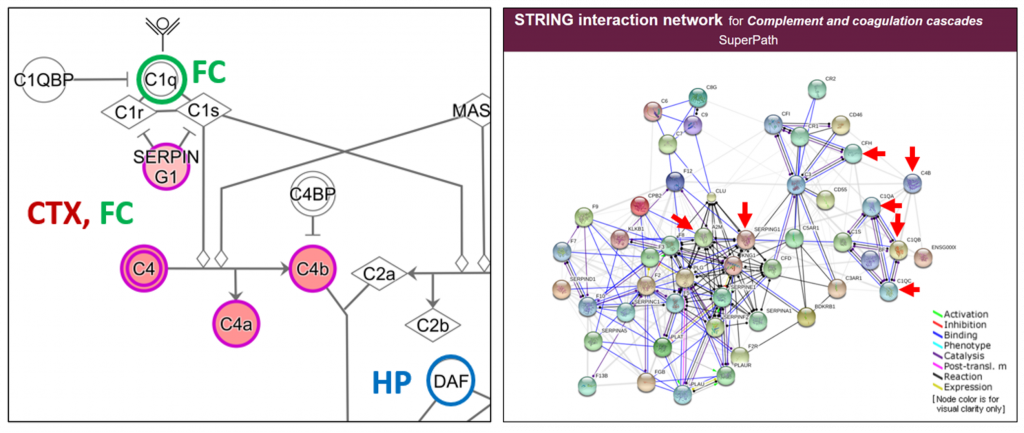Our goal is to develop a cell culture system for evaluation of drug effects and for new drug discovery for ALS and other neurodegenerative diseases. In the initial phase we will generate human microglia cells derived from induced pluripotent stem cells (iPSC) from patients that have ALS -predisposing mutations. We will test in these cells, compared to normal controls, the effects of anti-inflammatory drugs discovered by Dr. Valverde to have beneficial effects in mouse cells on pathways relevant for ALS. The purpose is to investigate mechanisms of action of the drugs and to validate the system for future drug discovery. In a second phase, a more complex system will be developed, which consists in microglial cells, neurons and vascular endothelial, assembled as 3D spheroids in culture. This system will allow studies that reflect better the in vivo drug effects, including the ability of drug candidates, delivered i.v. or orally, to reach the target cells in the brain.
Some of the methods to be used are based on Next Generation Sequencing (NGS). Dr. Radu has expertise in analyzing primary data generated by RNA-seq experiments, and for analysis and interpretation of the differentially expressed genes, using the software packages Ingenuity, Metacore, GSEA, BioJupies and STRING. As an illustration of the information that can be obtained, the images above show components of the complement system affected in the brain of mice treated with a polyphenol metabolite, as part of a study recently finalized in the lab. The images represent a KEGG pathway (right side), and a protein-protein interaction map (right). The affected genes are marked by colored circles (left) and by arrows (right).

